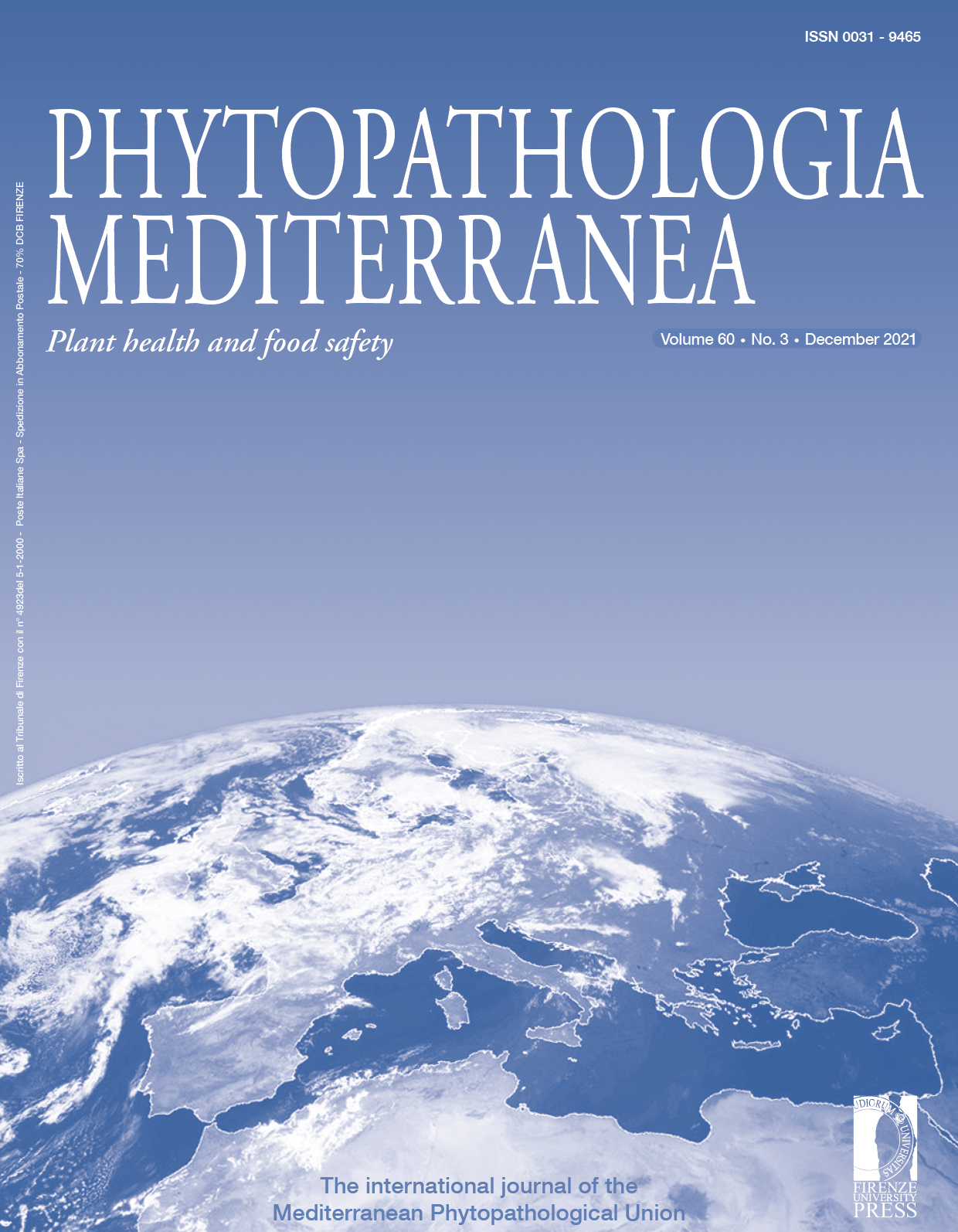Assessment of weed root extracts for allelopathic activity against Orobanche and Phelipanche species
Published 2021-12-30
Keywords
- Allelopathy,
- broomrape weeds,
- weeds to control parasitic weeds,
- sustainable crop protection
How to Cite
Abstract
Broomrapes (Orobanche and Phelipanche species) are holoparasitic weeds that infect roots of crop hosts from Asteraceae, Brassicaceae, Apiaceae, Fabaceae, and Solanaceae. The parasitic weeds are difficult to control selectively without crop damage once attached to their roots. Identification of natural compounds with herbicidal activity against pre-attached broomrape stages can provide control alternatives. With the aim to identify plant species with efficacy for broomrape control, organic and residual aqueous phase extracts from roots of seventeen weed species common in south Spanish broomrape-infested fields were assessed as potential inducers of suicidal broomrape germination and as inhibitors of broomrape radicle growth. Assessments were carried out in vitro using seeds and seedlings of four noxious broomrape species, Orobanche crenata Forsk., Orobanche cumana Wallr., Orobanche minor Sm. and Phelipanche ramosa (L.) Pomel. While root extracts from all the weed species did not induce suicidal germination on O. crenata seeds, most of the extracts induced germination of P. ramosa except for those obtained from Amaranthus albus L., Amaranthus retroflexus L. and Convolvulus arvensis L. Moderate levels of germination activity were induced in O. cumana and O. minor seeds by some of the root extracts tested, with strongest induction obtained from Heliotropium europaeum L. on O. cumana seeds, and from Silybum marianum (L.) Gaertn. on O. minor seeds. For root extract inhibition of broomrape radicles, the extract from C. arvensis roots strongly inhibited radicles of all the broomrape species. While extracts from the other weed species induced low or negligible inhibition of O. cumana and O. crenata radicle growth, many inhibited P. ramosa and O. minor radicles. Exceptions were root extracts from Datura stramonium L., Heliotropium europaeum L., Malva sylvestris L., Solanum nigrum L. and Urtica dioica L., which did not inhibit P. ramosa radicles, and those from A. retroflexus, Datura stramonium L., Malva sylvestris L., Portulaca oleracea L. and S. nigrum, which did not inhibit O. minor radicles. Among the active organic extracts assessed, those showing promising chemical profiles were selected for future studies to characterize natural compounds with potential herbicidal activity on early stages of broomrape growth.






